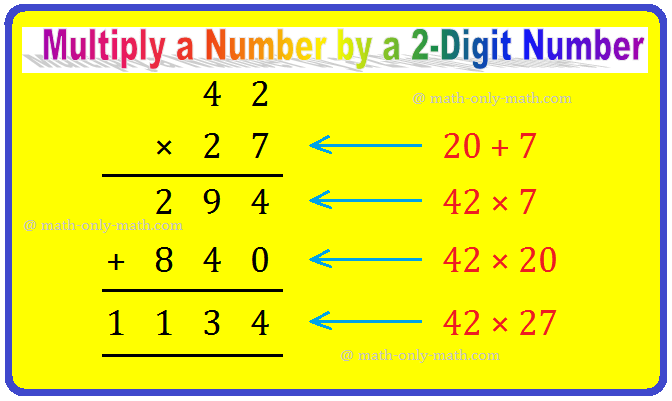Properties of Elements in Sets
The following properties of elements in sets are discussed here.
If U be the universal set and A, B and C are any three finite sets then;
1. If A and B are any two finite sets then n(A - B) = n(A) – n(A ∩ B) i.e. n(A – B) + n(A ∩ B) = n(A)
2. If A and B are any two finite sets then n(A ∪ B) = n(A) + n(B) – n(A ∩ B)
3. If A and B are any two finite sets then n(A ∪ B) = n(A) + n(B) ⇔ A, B are disjoint non-void sets.
4. If A and B are any two finite sets then n(A ∆ B) = Number of elements which belongs to exactly one of A or B
= n((A – B) ∪ (B – A))
= (A – B) + n(B – A) [Since (A - B) and (B – A) are disjoint.]
= n(A) – n(A ∩ B) + n(B) – n(A ∩ B)
= n(A) + n(B) – 2n(A ∩ B)
Some more properties
of elements in sets using three finite sets:
5. If A, B and C are any three finite sets then n(A ∪ B ∪ C) = n(A) + n(B) + n(C) – n(A ∩ B) – n(B ∩ C) – n(A – C) + n(A ∩ B ∩ C)
6. If A, B and C are any three finite sets then Number of elements in exactly one of the sets A, B, C = n(A) + n(B) + n(C) – 2n(A ∩ B) – 2n(B ∩ C) – 2n(A – C) + 3n(A ∩ B ∩ C)
7. If A, B and C are any three finite sets then Number of elements in exactly two of the sets A, B, C = n(A ∩ B) + n(B ∩ C) + n(C ∩ A) – 3n(A ∩ B ∩ C)
8. If U be the universal set and A and B are any two finite sets then n(A' ∩ B') = n((A ∪ B)') = n(U) - n(A ∪ B)
9. If U be the universal set and A and B are any two finite sets then n(A' ∪ B') = n((A ∩ B)') = n(U) - n(A ∩ B)
● Set Theory
● Sets
● Subset
● Practice Test on Sets and Subsets
● Problems on Operation on Sets
● Practice Test on Operations on Sets
● Venn Diagrams in Different Situations
● Relationship in Sets using Venn Diagram
● Practice Test on Venn Diagrams
8th Grade Math Practice
From Properties of Elements in Sets to HOME PAGE
Didn't find what you were looking for? Or want to know more information about Math Only Math. Use this Google Search to find what you need.
Recent Articles
-
Word Problems on Fraction | Math Fraction Word Problems |Fraction Math
Apr 09, 25 01:44 AM
In word problems on fraction we will solve different types of problems on multiplication of fractional numbers and division of fractional numbers. -
Multiply a Number by a 2-Digit Number | Multiplying 2-Digit by 2-Digit
Apr 08, 25 01:13 PM
How to multiply a number by a 2-digit number? We shall revise here to multiply 2-digit and 3-digit numbers by a 2-digit number (multiplier) as well as learn another procedure for the multiplication of… -
Multiplication | How to Multiply a One, Two or Three-digit Number?
Apr 08, 25 01:08 PM
In multiplication we know how to multiply a one, two or three-digit number by another 1 or 2-digit number. We also know how to multiply a four-digit number by a 2-digit number. We also know the differ… -
Addition of 4-Digit Numbers | 4-Digit Addition |Adding 4-Digit Numbers
Apr 08, 25 12:43 PM
We will learn about the addition of 4-digit numbers (without carrying and with carrying). We know how to add 2 or 3, 3-digit numbers without carrying or with carrying. -
Indian Numbering System | Ones Period | Thousands Period |Lakhs Period
Apr 08, 25 12:34 PM
In the Indian numbering system, we use different periods like ones, thousands, lakhs, crores, etc. Suppose, let us understand the Indian system by using number 1: ones (1), tens (10), hundreds (100)




New! Comments
Have your say about what you just read! Leave me a comment in the box below. Ask a Question or Answer a Question.